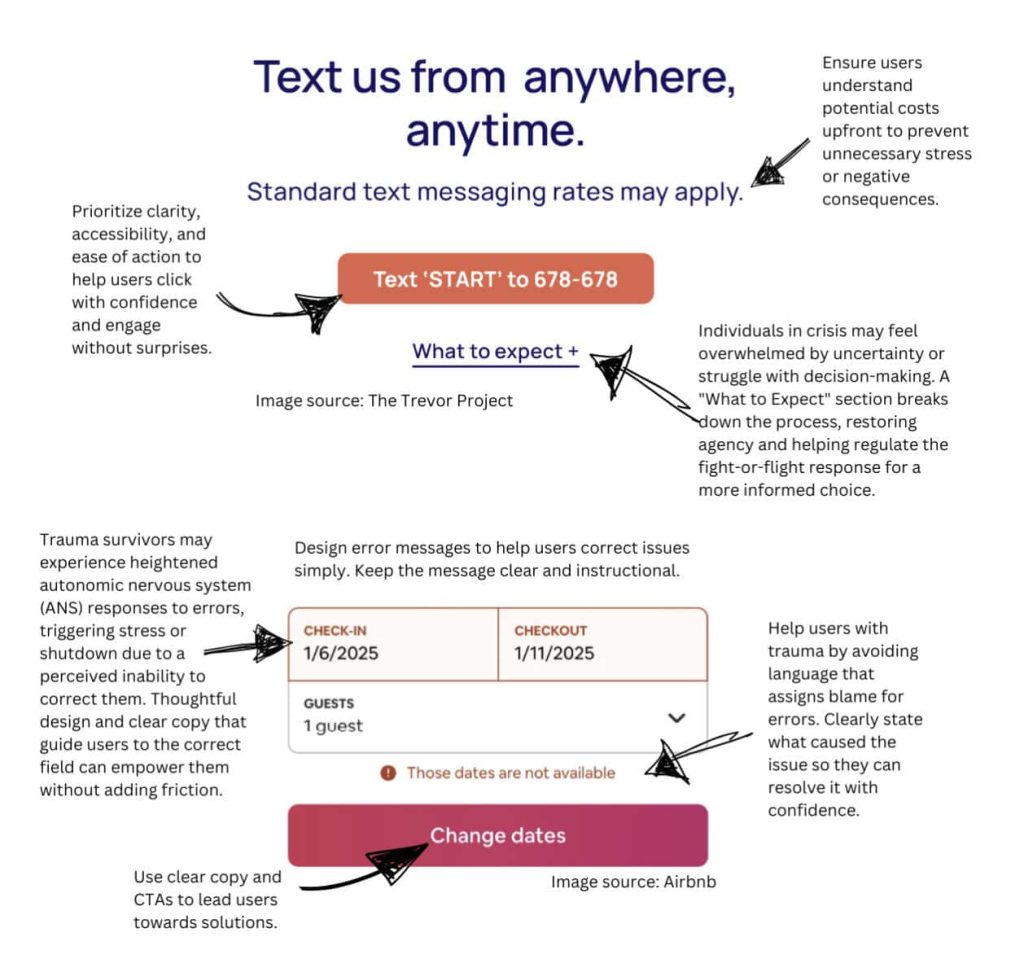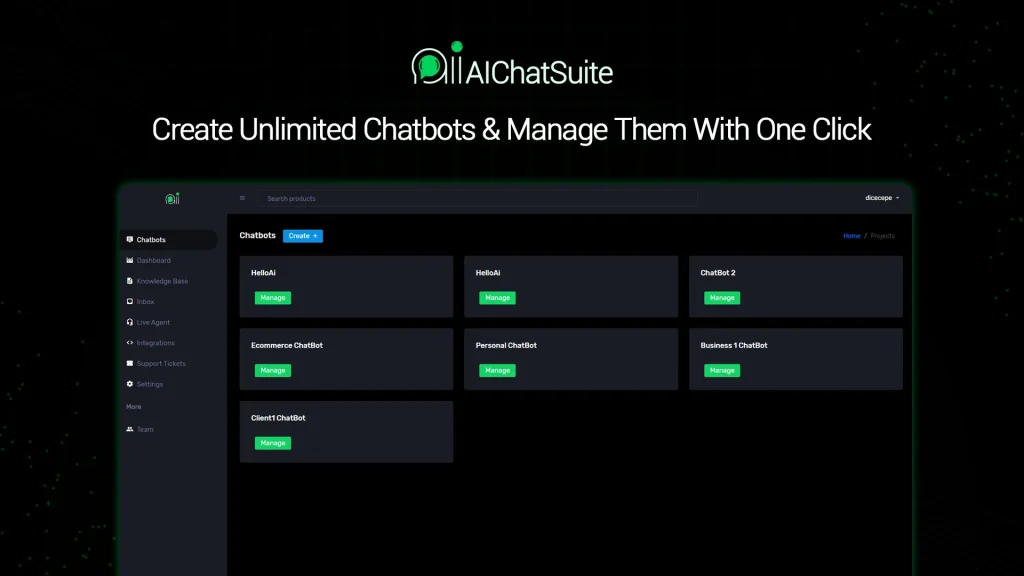Let’s be honest. For years, customer service has been a reactive game. A problem pops up, a customer gets frustrated, a ticket gets logged, and then—finally—a support agent scrambles to put out the fire. It’s a constant, exhausting cycle of whack-a-mole.
But what if you could stop the problems before they even start? What if your system could see the smoke and deploy a solution before the customer even smelled fire?
Well, that future is already here. Integrating Artificial Intelligence (AI) is fundamentally shifting customer service from a reactive cost center to a proactive value engine. It’s the difference between having a guard at the gate and having a psychic on your team who can predict where the next breach will occur. Let’s dive into how this actually works.
What Do We Mean by “Proactive” Anyway?
Proactive customer issue resolution isn’t just about being fast. It’s about being anticipatory. It means using data and intelligence to identify potential points of failure or friction in the customer journey and addressing them automatically—often before the user is even aware there’s an issue.
Think of it like this: a reactive approach is your car’s oil light coming on. A proactive approach is your car’s onboard computer analyzing engine performance and scheduling a maintenance appointment for you a week before that light would ever have a chance to illuminate.
The AI Toolkit for Proactive Support
So, what kind of AI are we talking about? It’s not one single, magical box. It’s more of a suite of tools working in concert. Here are the key players:
1. Predictive Analytics Engines
This is the crystal ball. These systems analyze vast amounts of historical data—purchase history, support ticket logs, user behavior patterns—to identify correlations and predict future outcomes. They can flag a user who is exhibiting behaviors that, in the past, have led to churn or a support call.
2. Natural Language Processing (NLP)
NLP allows machines to understand human language. It scans support chats, forum posts, product reviews, and even social media mentions in real-time. It’s not just looking for keywords; it’s detecting sentiment, frustration, and confusion. A sudden spike in mentions of “checkout error” across multiple channels is a major red flag that NLP can catch instantly.
3. Anomaly Detection Systems
These are the silent alarms. This AI monitors system performance and user activity, learning what “normal” looks like. When something deviates from that baseline—say, a 300% increase in failed login attempts from a specific region—it triggers an alert or an automated response.
Real-World Scenarios: AI in Action
This all sounds great in theory, but how does it play out in the real world? Here are a few concrete examples:
Example 1: The Impending Service Outage
A SaaS company’s AI monitors server load and error rates. It predicts a potential outage in the next 30 minutes based on current traffic patterns and a minor bug detected in the last deployment. Instead of waiting for the crash, the system automatically sends an in-app notification to all active users: “Heads up! We’re performing quick maintenance to ensure optimal performance. Your work will be saved automatically.” Crisis averted, trust built.
Example 2: The Confused New User
An e-commerce platform’s AI tracks a new user who has added an item to their cart three times but hasn’t checked out. The predictive model flags this as a high-risk abandonment pattern. The NLP tool confirms there’s no mention of a discount code in their session. The system then proactively triggers a personalized pop-up: “Need help with checkout? Here’s a quick guide—and use code WELCOME5 for $5 off your first order.”
Example 3: The Billing Hiccup
A streaming service’s anomaly detection system notices a customer’s credit card has been declined. Instead of just cutting off service and waiting for the user to notice, it immediately sends a friendly email and an SMS: “There seems to be a problem with your payment method. Update it here in under a minute to avoid any interruption to your binge-watching!” This simple, proactive nudge prevents frustration and preserves revenue.
Getting Started: A Practical Roadmap
Okay, you’re sold on the idea. But implementing a proactive customer service strategy can feel daunting. Don’t try to boil the ocean. Start small and build.
Here’s a simple, phased approach:
- Audit Your Data. You can’t predict what you don’t measure. Gather your support tickets, chat logs, and user analytics. What are the most common issues? Where is the greatest friction?
- Identify Low-Hanging Fruit. Look for simple, repetitive problems that are easy to predict and solve. Password resets? Shipping delays? Feature confusion? These are your best bets for initial AI integration.
- Choose Your Tool. You don’t necessarily need a bespoke, million-dollar AI. Many modern CRM and helpdesk platforms (like Zendesk, Salesforce, or Intercom) have built-in AI and automation features for proactive support. Start there.
- Pilot and Measure. Run a small-scale test. Maybe for just one customer segment or one type of issue. Does it work? How do customers respond? Measure deflection rates (fewer tickets!) and customer satisfaction scores (CSAT).
- Scale and Refine. Once you have a win, expand. Apply the lessons learned to more complex use cases. The system gets smarter, and so do you.
The Human Touch in an AI-Driven World
Now, a crucial point. This isn’t about replacing your support team. Honestly, it’s about liberating them. By automating the mundane, repetitive, and predictable issues, you free up your human agents to do what they do best: handle complex, emotionally charged situations that require empathy, creativity, and nuanced judgment.
Your team moves from being firefighters to strategic consultants and relationship builders. The goal of AI-powered customer service is a symbiotic relationship—machines handle the scale and prediction, humans handle the compassion and exception.
The Bottom Line: It’s a Shift in Philosophy
Integrating AI for proactive issue resolution is more than a tech upgrade. It’s a fundamental shift in how you view customer relationships. You’re no longer waiting for things to go wrong. You’re actively building a system that works to keep them right.
It tells your customers, loud and clear, that you value their time and their experience—not just when they’re complaining, but all the time. In a world saturated with options, that kind of foresight isn’t just a nice-to-have. It’s the very foundation of lasting loyalty. The question isn’t really if you can afford to implement it, but if you can afford not to.




